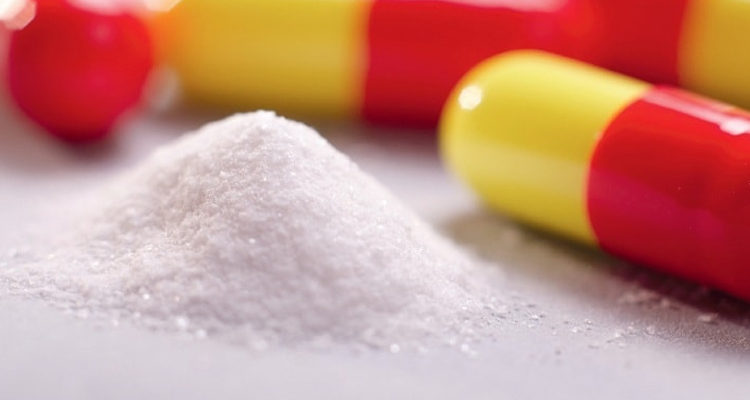Pharmaceutical Market Trends
Pharmaceutical Market Trends
The pharmaceutical business is a fast-growing sector of the national economy. As one of the developing markets in Asia, there is significant potential for large financial turnovers. Local pharmaceutical factories produce medicines for domestic consumption. However, numerous preparations are either underproduced or not manufactured at all due to a lack of necessary facilities. Consequently, such products must be imported from foreign manufacturers to supplement local market needs. Before importation, foreign medical products must be registered with the Manila Ministry of Health. The latest statistics confirm that the actual annual supply of essential imported medical products is far less than the demand. Therefore, there is room for foreign pharmaceutical companies to market their products successfully in Manila.
The Pharmaceutical Market of Manila
Opportunities and Challenges
Intellectual Property and R&D
IP laws in Manila are still developing, and the industry has minimal research and development (R&D), focusing mainly on producing generic drugs. This presents both an opportunity for innovation and a challenge for maintaining market exclusivity for new products.
Government Priorities and Economic Pressures
The biggest concern of the government is to make healthcare universal and affordable to its populace, particularly with pharmaceutical prices accounting for a significant portion of annual health expenditure. Despite measures introduced, the country is still struggling to keep prices down.
While the government has focused on developing its domestic production capability, which it claims now supplies just over 50% of the market, it faces another problem with no immediate solution in sight: the rising price of raw materials, of which 90% are imported.
Market Dominance and Competition
It has been reported that just three multinational distributors – Zuellig Pharma, Mega Product, and Diethelm – dominate the pharmaceutical market in Manila through a complex network that enables them to control the volume and prices of drugs distributed in the country. The government report criticized both foreign suppliers and local importers for adopting strategies such as predatory pricing, boycotts, exclusive deals, and patent pooling to block competition from new suppliers and importers.
Healthcare Expenditure
Most healthcare expenditure in Manila is out-of-pocket, with national health insurance covering only a small section of the population. Private expenditure is estimated at around 67.6%. Health expenditure was estimated at US$5.8 billion in 2009 and is projected to reach US$10.9 billion by 2014. Per capita health expenditure should reach US$116 from an estimated US$66 in 2009.
A new law passed in November 2008, effective from July 2009, will make health insurance compulsory for all citizens by 2014. Under the new law, there are three levels of benefits under health insurance schemes: some cover 100% of expenses at nominated medical facilities, while others cover 95% and 80% of the expenses, with the patient making up the rest.
Market Size
In 2009, the market for pharmaceuticals in Manila was estimated at US$750 million, or US$9 per capita. This is one of the lowest in the world, yet an improvement on the estimated US$1.0 per capita figure a decade or so ago. The overall market size is comparable to Singapore or Bangladesh; in per capita terms, the market is similar to Pakistan and India.

